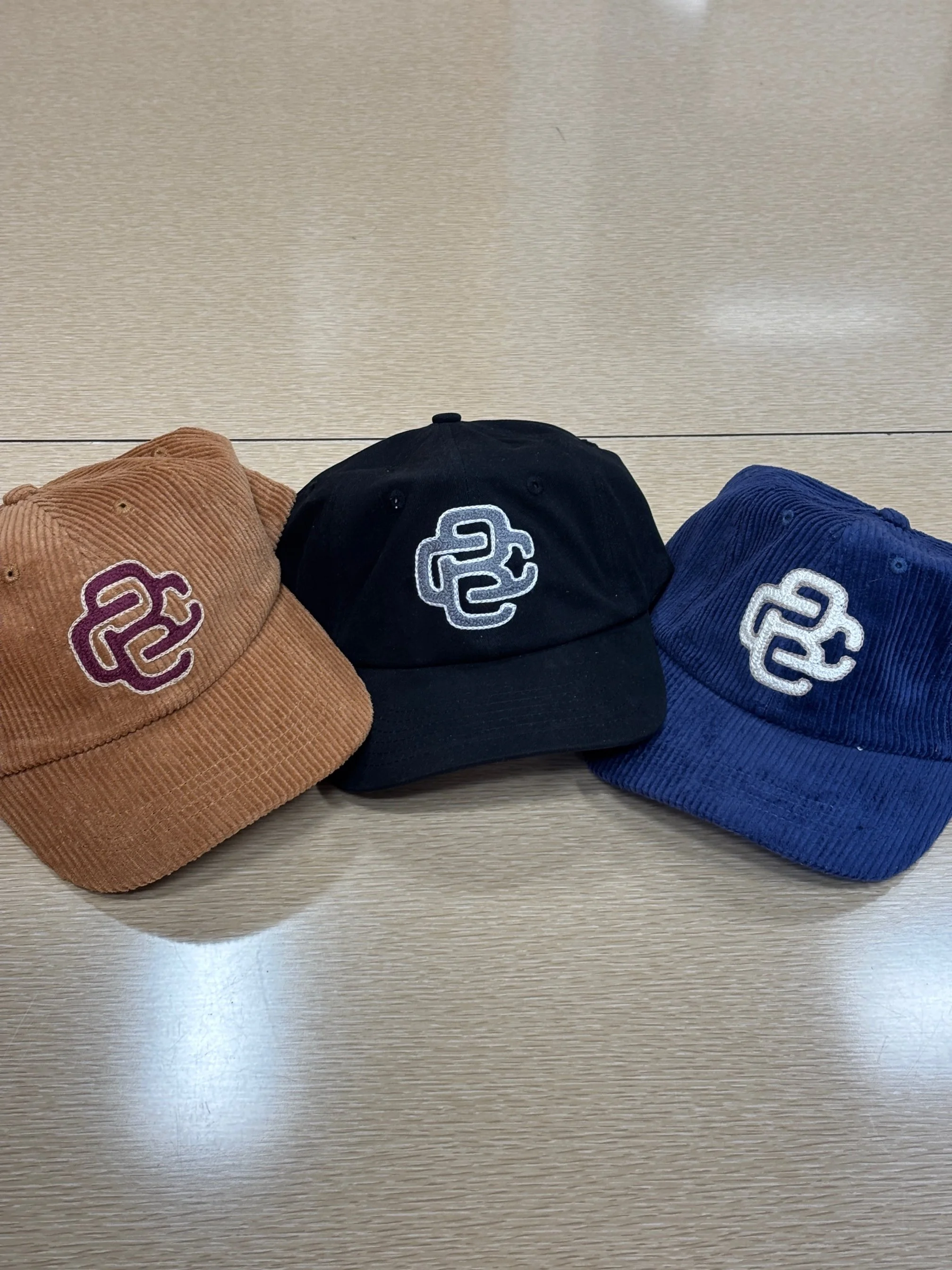The Chapelier's Triptych
The Conceptual Study of Identity
A Wearable Thesis
The Chapelier’s Triptych is a defining exemplar of Post-Luxury Conceptual Functional Art (PLCFA). Its value is sourced not from acquisition or external branding, but from its Intangible Provenance—the intimate story of artistic intentionality and the master hands that translate concept into form. Conceived within the revered traditions of Haute Chapellerie, this collection transcends the accessory to become a Wearable Thesis, wherein the three Pièces Uniques function as a single conceptual art project. Each piece represents a profoundly personal chapter and a singular expression of its steward’s character, affirming the Inseparability of Concept and Function (PLCFA Pillar I).
The Triptych
Chapters in Structural Value
The Triptych is a Conceptual Study of Duality and Enduring Narrative, with each chapter designed to challenge the "Simulacrum" of disposable fashion. Its emphasis on endurance is a conscious opposition to the "Crisis of the Ephemeral".
I. Desert Bloom
The first chapter is a meditation on warmth and endurance. Its foundation is camel corduroy, the soft wales evoking the undulating lines of a desert horizon. From this ground, the monogram emerges in a deep, resonant Oxblood, alive with vitality. A chain-stitched outline in warm Taupe binds the emblem to its canvas, grounding the composition in harmony. The piece speaks of rugged elegance and the quiet beauty that flourishes in unexpected landscapes.
II. Noir Elegance
The second chapter is a study in nuance, composed in deep black cotton twill. Here, narrative unfolds in shadow and light. The monogram’s braided heart is rendered in a charcoal so dark it approaches silence, offering a subtle contrast to the ground. The defining outline appears in the palest whisper of grey—almost ivory—drawing the eye without disturbing the stillness. It is a piece of quiet power, its story told in restraint and refinement, where monochrome tones whisper rather than declare.
III. Maritime Refinement
The final chapter carries the resonance of coastal sophistication. Its foundation is navy corduroy, as timeless and fathomless as the open sea. Against this ground, the monogram rises in creamy Ecru, its braided texture standing in tactile relief. A slightly darker cream outlines its form, framing the emblem in softness. The composition evokes both nautical heritage and modern grace—a wearable expression of poise shaped by horizon and tide.
A Legacy in Thread
The Architecture of Un-Smoothness
The singular devotion of the master Chapelier transforms embroidery from mere decoration into a Sculptural Art. This process, insulated from the clamor of mass production, is a fundamental act of the Artisan as Activist.
The Chain Stitch (Architectural Frame): The revered technique that requires unwavering tension control to build the uniform skeleton upon which the emblem will be formed.
The Braid Stitch (Sculptural Dimension): The collection's hallmark. This meticulous process builds a raised, topographic bas-relief that is entirely unattainable by machine. This tangible, tactile depth imbues the monogram with the profound aesthetic of "Un-Smoothness," which invites genuine engagement and touch.
This artistry, which values the hand's resistance over machine perfection, aligns with the Japanese philosophy of Shibui—finding beauty not in flawless perfection, but in the subtle, imperfect elegance of what is real.
In the spirit of Critical Custodianship, the identity of the Chapelier is intentionally withheld. The profound skill of the work—the perfect tension, the sculptural dimension—is allowed to speak for itself, becoming the only signature that truly matters and cementing the piece's value in Narrative Over Price (PLCFA Pillar II).


